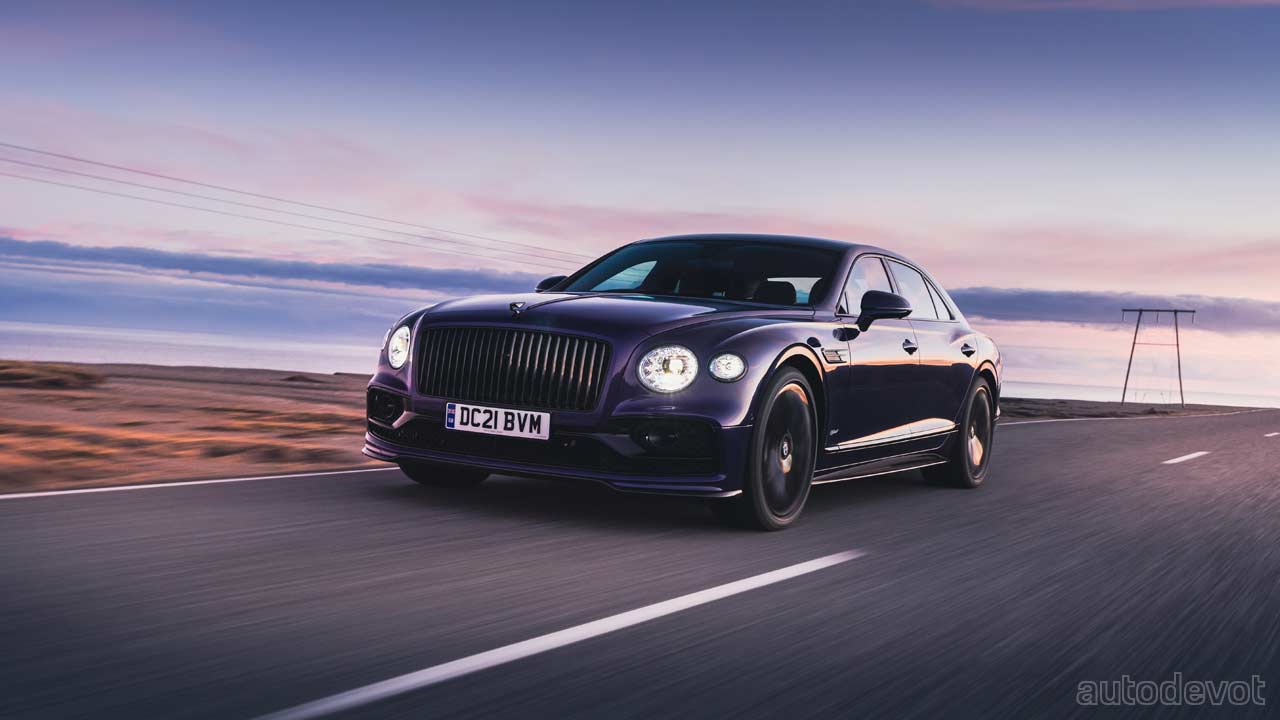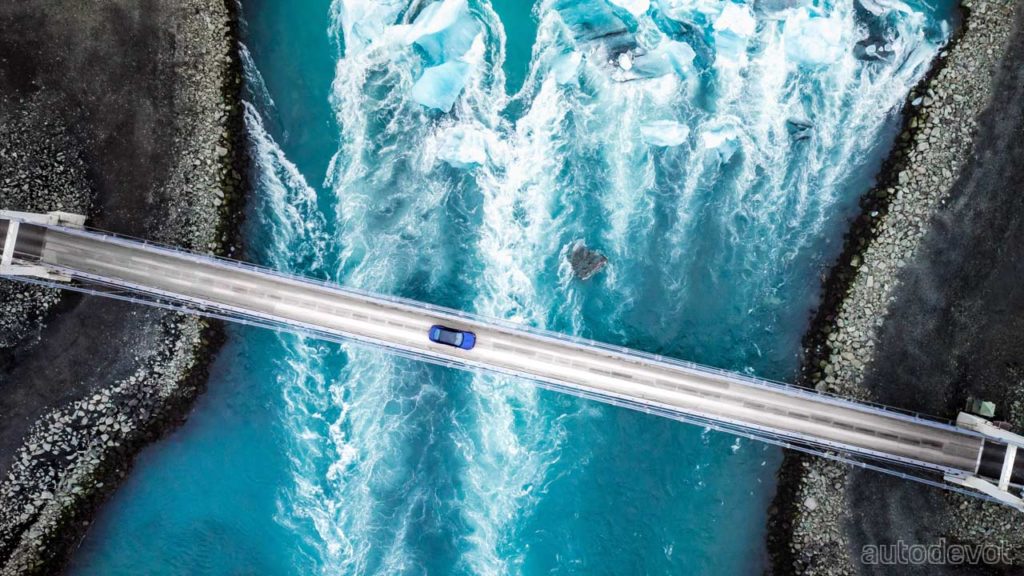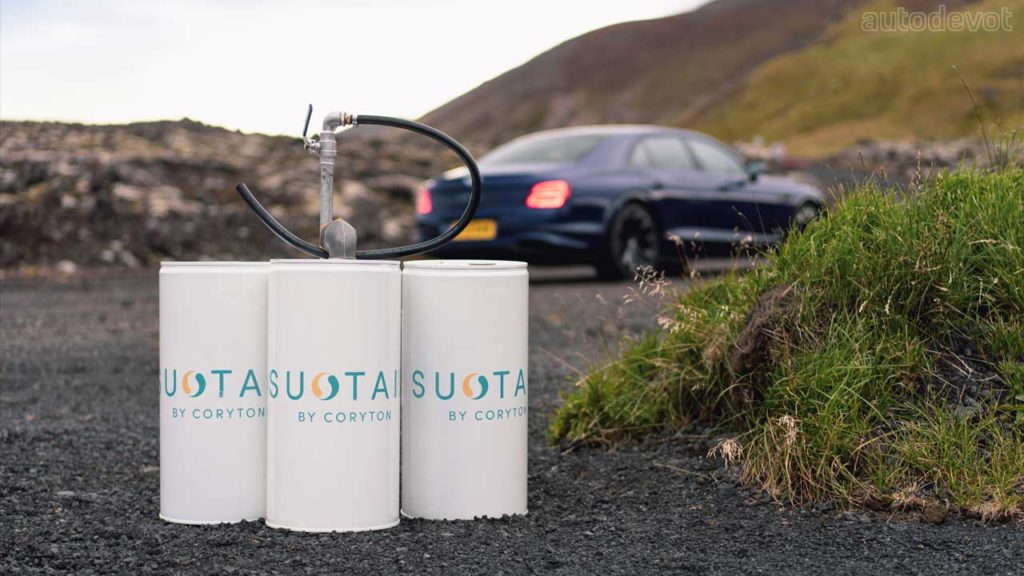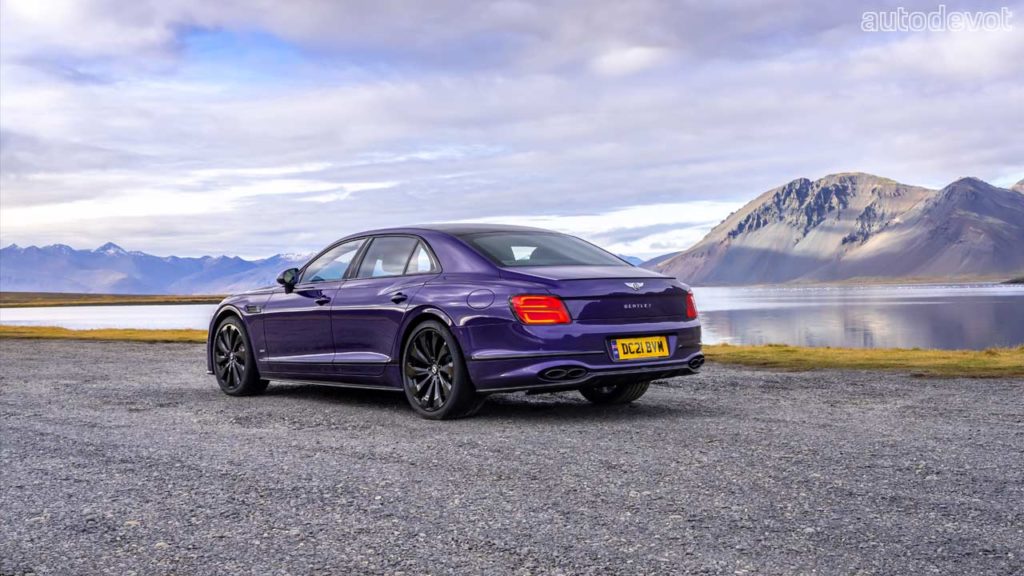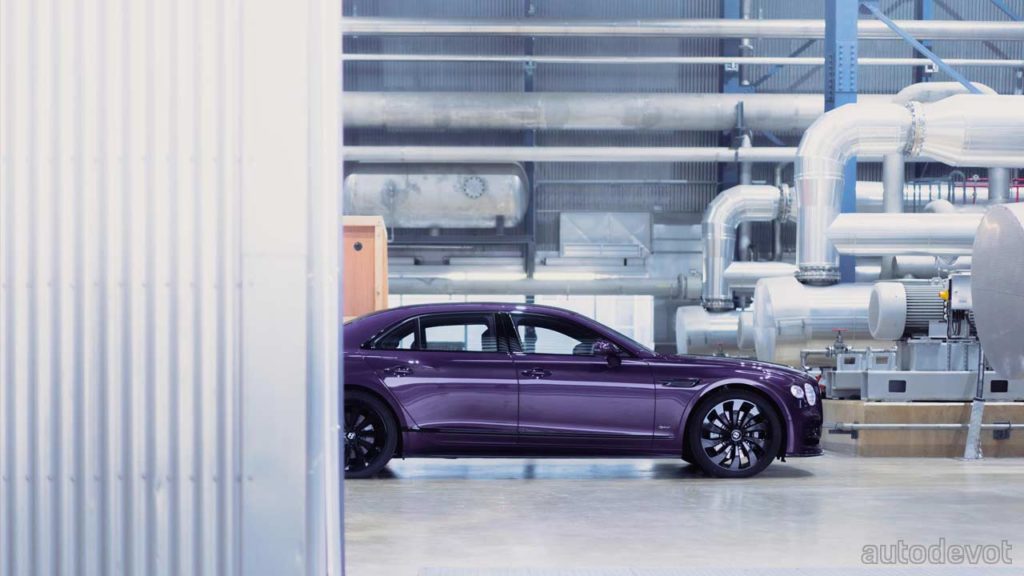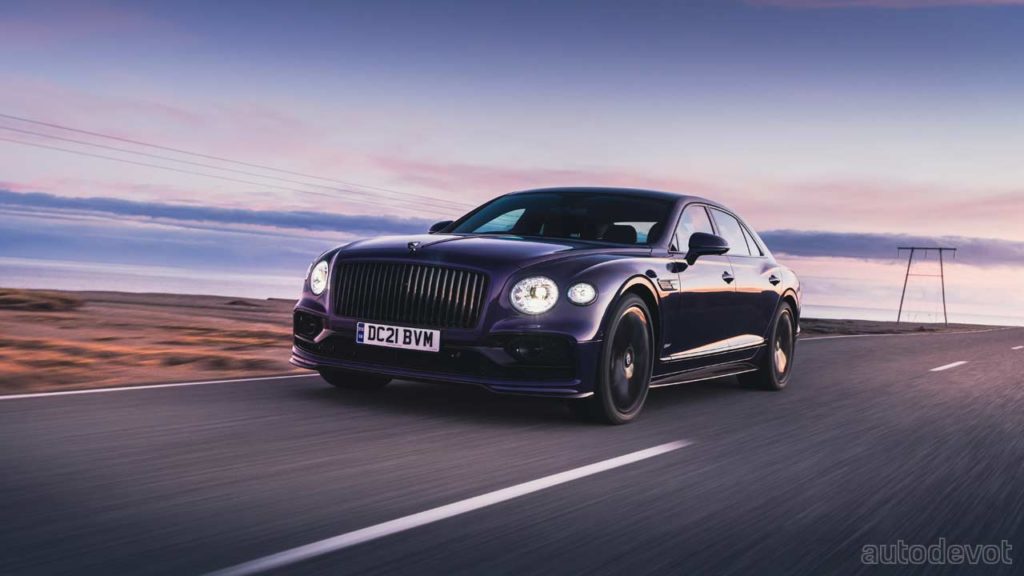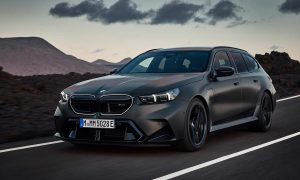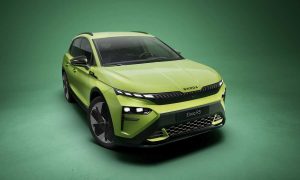As with most other carmakers out there, Bentley is planning to go all-electric in the future by launching its first-ever BEV by 2025, but before that, it needs to cross this bridge called hybrid, just like most other carmakers out there. And so, Bentley figured that the best way to do so is to drive the Flying Spur Hybrid across Iceland—a 733 km (455 mile) journey—in one stint using second-generation biofuel and geothermally-sourced electricity.
The biofuel Bentley speaks of, is developed by Essex-based Coryton. The production process sees waste biomass (e.g. straw) broken down using fermentation, leading to the creation of ethanol. Dehydration of the ethanol converts it to ethylene, which can then be transformed into gasoline through the process of oligomerisation—chaining short hydrocarbon molecules together to produce longer, more energy-dense ones.
As for the electricity used by the car’s hybrid system during the journey, in other words, the electricity used to recharge its battery pack was sourced from Iceland’s 100% renewable grid. Iceland is a global leader in renewable energy production; 75% of the country’s electrical energy is produced via Hydroelectric and 25% from geothermal power. During its time in Iceland, the Flying Spur Hybrid was charged with electricity from the Svartsengi geothermal power plant.
The Flying Spur Hybrid is a PHEV that combines a 2.9-litre turbocharged V6 petrol engine and a permanent magnet synchronous motor nestled between the engine and the 8-speed PDK. The ICE pumps out 306 kW (416 metric hp) and 550 Nm (406 lb-ft) of torque, while the e-motor develops 100 kW (136 metric hp) and 400 Nm (295 lb-ft) of torque. The combined figures are 400 kW (544 metric hp) and 750 Nm (553 lb-ft). The e-motor also acts as a compensator for the turbo lag.

Leave a Reply
Note: Comments that are unrelated to the post above get automatically filtered into the trash bin.
